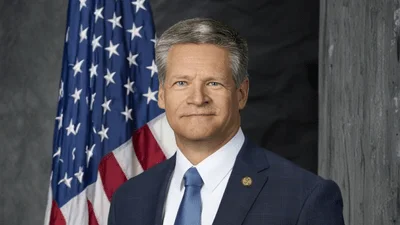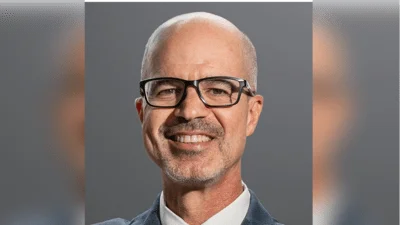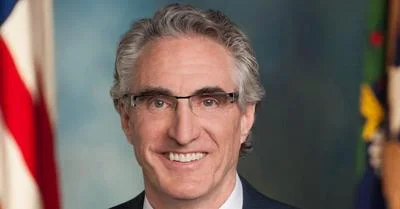DAVENPORT, Iowa - On May 3, 2018, following a three-day jury trial, Bruce Zachary Pugh, age 26, Darren Lamont Warren, age 22, and Desharrlequez Malike Vesey, age 23, were each found guilty of conspiracy to distribute crack cocaine, carrying a firearm during and in relation to a drug trafficking crime, and felon in possession of a firearm, announced United States Attorney Marc Krickbaum. Additionally, Warren and Vesey were convicted of possession of crack cocaine with the intent to distribute.
Evidence was presented at trial that the Defendants occupied a rented Jeep Compass at a gas station in the 1000 block of West River Drive in Davenport. While at that location, the rear seat occupant, Pugh, waived a black pistol at another man. The Davenport Police were alerted as to the threat and the Jeep was stopped by officers. The driver, Warren, and the front passenger, Vesey, fled and Pugh was arrested while attempting to exit the vehicle.
Davenport Police Officers recovered crack cocaine; a box of plastic sandwich bags; two digital scales, cash; and a loaded black Hi-Point 9mm pistol from the vehicle. Evidence at trial showed in the minutes preceding the threat, the Defendants were engaged in conduct consistent with the distribution of crack cocaine.
The Defendants’ sentencings are scheduled for Sept. 12, 2018, before United States District Court Judge John A. Jarvey.
The Davenport Police Department and the United States Bureau of Alcohol, Tobacco, Firearms and Explosives investigated this matter. The case was prosecuted by the United States Attorney’s Office for the Southern District of Iowa.
This case is part of Project Safe Neighborhoods (PSN), a program bringing together all levels of law enforcement and the communities they serve to reduce violent crime and make our neighborhoods safer for everyone. Attorney General Jeff Sessions reinvigorated PSN in 2017 as part of the Department’s renewed focus on targeting violent criminals, directing all U.S. Attorney’s Offices to work in partnership with federal, state, local, and tribal law enforcement and the local community to develop effective, locally-based strategies to reduce violent crime.
Source: U.S. Department of Justice, Office of the United States Attorneys







